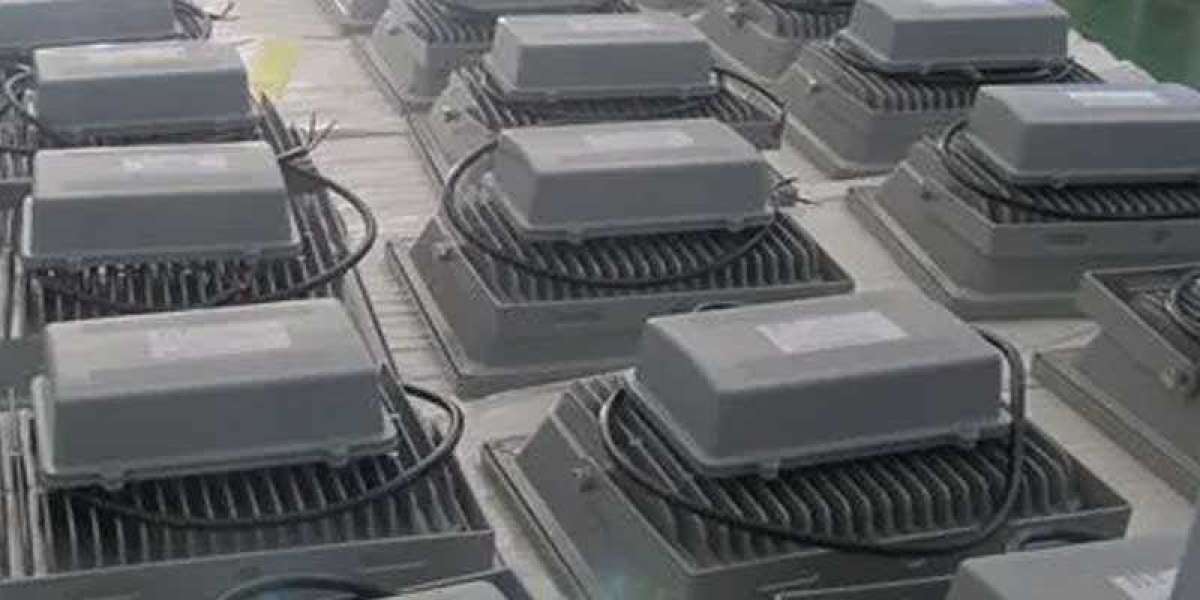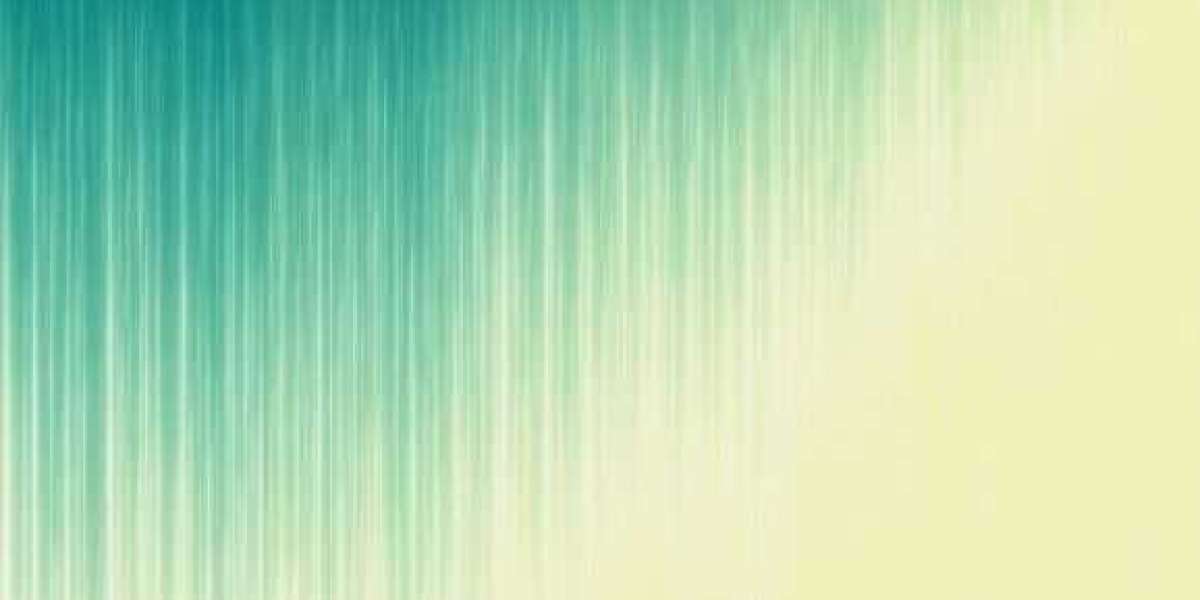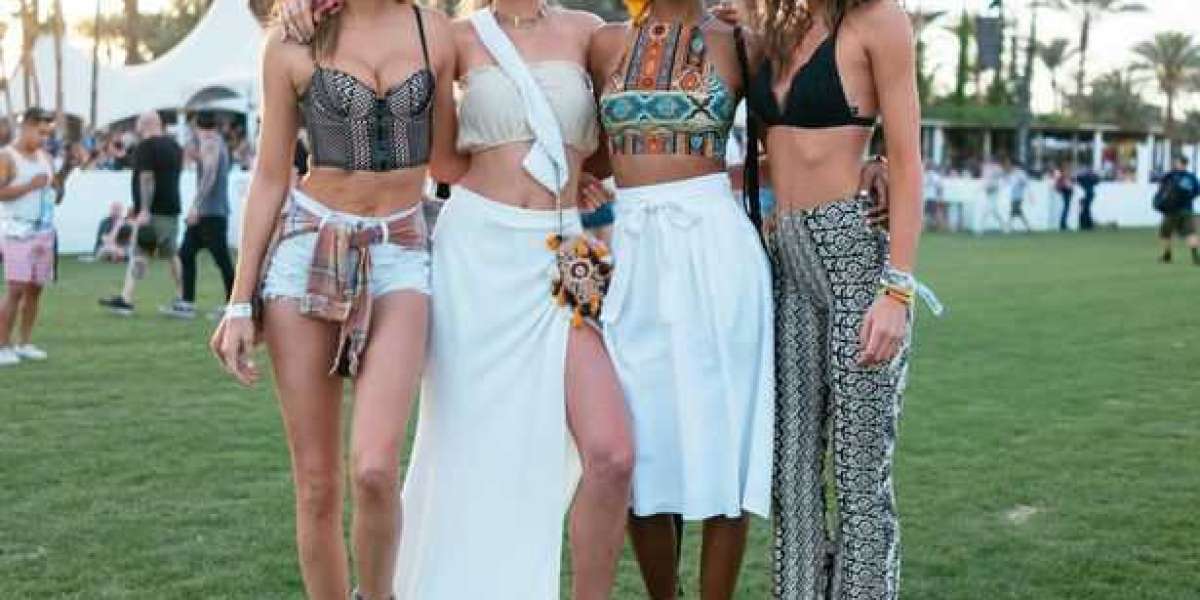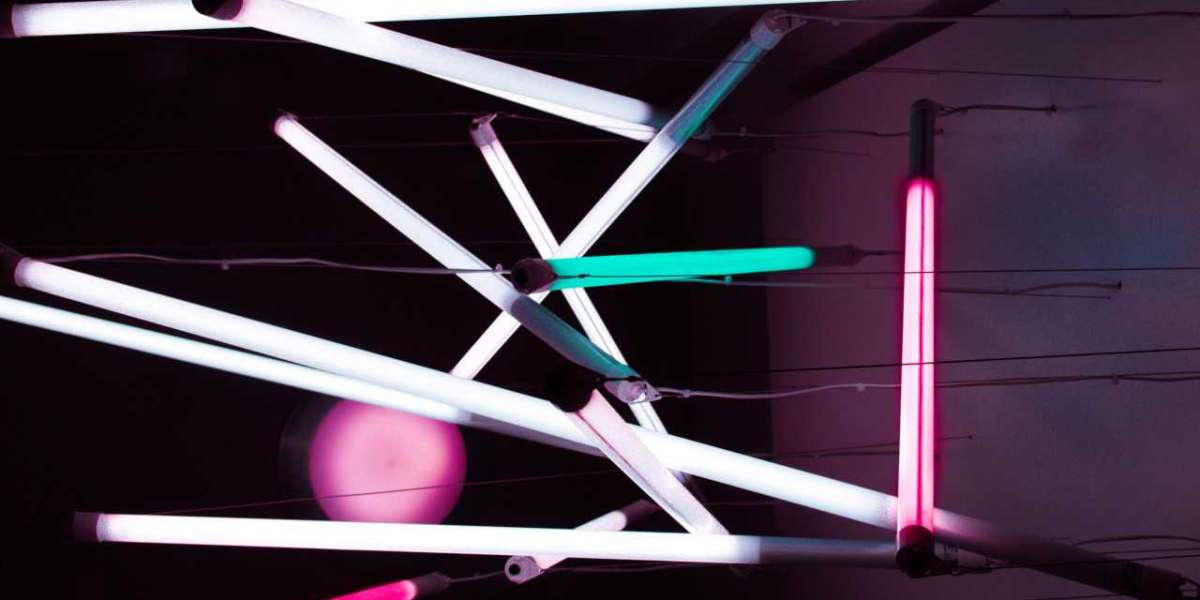Today, the rapid development of urbanization is driving the continuous follow-up of the construction of urban lighting facilities. As a city’s lighting, it gradually rises from meeting the general public’s travel and transportation needs to how to reflect the cultural characteristics of the city, and gradually develops from satisfying functional lighting to green lighting. As an urban lighting designer, whether it is designing the overall planning of urban lighting, lighting area planning, or the design of streets and alleys, we must first consider the overall planning of the city and its natural environment, cultural characteristics, and economic development level. And other factors, only in this way can not only meet the functional lighting of the city, but also fully reflect the personality of urban lighting, avoid the phenomenon of urban lighting in a thousand cities, and achieve the ideal effect of urban lighting. Therefore, the factors that affect urban lighting design are problems that cannot be bypassed and must be faced in urban lighting construction. This paper discusses several factors affecting urban lighting design.
Natural Environmental Factors
The natural environment is an extremely complex and rich natural complex, and there are many fields that have not been known by people, or are not well understood, and are waiting to be discovered and explored by people. The natural environment discussed here focuses on the natural environment directly related to the biosphere, that is, the natural environment directly related to landscape lighting. According to the nature of environmental components and how they adapt to humans, the natural environment can be divided into physical environment, chemical environment, biological environment and social environment.
1. Physical Environment
The constituent factors of the physical environment include temperature, airflow, air pressure, sound, light, radiation, etc. When these factors are in their natural state, they will give people a direct stimulus, and people will get a corresponding feeling and make a behavioral response. Among these factors, the direct contact with landscape lighting design is “light”. Light is a language that can express the design concept and artistic pursuit of lighting designers; light is a hidden software that controls the functional operation of cities and buildings and the interpretation of images and colors; light is “the fourth element of architecture”. dimensional space”. Therefore, when designing lighting, landscape lighting designers should take the initiative to understand light,European Solar LED Courtyard Lights, use light, actively participate in the design of light environment, integrate light into their own planning and creation, and add “light” to cities and buildings. “color”.
2. Chemical Environment
The constituent factors of the chemical environment include air and various gases, water, dust, chemical substances, etc. Oxidation of lamps by air, corrosion of lamps by water, obstruction of light by dust, etc. will all affect the final result of landscape design. Therefore, when landscape lighting designers choose lamps, they all require their waterproof and dust levels to meet certain standards, that is, the commonly mentioned IP protection level.
3. Biological Environment
The biological environment is composed of animals, plants, and microorganisms, including human beings as living organisms. When designing landscape lighting for a building, it is necessary to take into account the types, growth and distribution of local animals and plants, as well as the current and future development and changes. While designing the lighting of the building itself, it is also necessary to assist in the design of the surrounding flowers, trees, rest facilities, etc., so as to form a complete lighting landscape as a whole.
4. Social Environment
Social environment refers to the humanistic environment centered on interpersonal relationships. It covers a wide range of content and has a certain impact on landscape lighting design.
Human Environment Factors
The human environment is a very comprehensive and comprehensive ecological environment unique to human society, including politics, culture, art, science, religion, aesthetics and so on. A perfect humanistic environment must be in line with nature, and it is the protection and improvement of the natural environment. The environment is a reflection of cultural accumulation, and culture is slowly affecting the environment. For a city, the fixed environment should include roads, buildings, gardens, lights, lawns, etc. But when people are integrated into it, the people and the scene are prosperous, and there is mobility. The communication between people and the environment can take away the culture of the environment, and at the same time, the environment will also have an impact on people’s ideas. This is the relationship that we often mention that there is stillness in movement, movement in stillness, and movement and stillness.
Human environment is one of the most important factors affecting lighting design. The design made by the lighting designer is actually to create an atmosphere, a culture that is about to emerge. This culture is an objective existence. You may not be able to see it, but you can feel it from it, and at the same time deduce it. How you feel affects your state of mind. There are too many roads, buildings and landscape lighting in modern cities. As a whole, it always feels a bit blunt. In fact, it is because lighting emphasizes too much on technology and ignores cultural status, making people feel that they are passively accepting things. The focus of lighting should be nature and harmony, so designers should comprehensively consider the layout, lines, colors, proportions, scales, textures, American Style LED Light, rhythm and rhythm of roads, buildings and landscapes when designing, so that viewers can actively To find, dig, experience, ponder the taste. The responsibility of the designer is to create a comfortable environment, lighting and atmosphere, guide people to the beautiful side, let people take the initiative to pursue the beautiful, and give people a comfortable and relaxed mood.
Poor aspects of the human environment include light pollution, visual pollution, color pollution, and psychological pollution. Judging from the lighting of the existing lighting settings, there are mainly the following four aspects:
- The color of the lights used in the illuminated areas and objects, the surface illuminance, and the functions, properties and environments of the illuminated areas and objects are not coordinated, making people feel uncomfortable;
- Lighting fixtures are installed in a large-area projection method regardless of the occasion, resulting in no layering and three-dimensional effect on the illuminated objects, and at the same time causing light pollution, which seriously interferes with people’s normal life;
- Tall buildings use a large number of high-power floodlights. Due to the influence of factors such as projection direction and projection angle, about one-third to one-half of the light is shot into the sky, forming a beam of light, making the sky over the city Light pollution seriously affects astronomical observation and aircraft landing;
- Some lamps installed around gardens, green spaces, roads, sculptures and landscapes produce glare that interferes with the sight of pedestrians, vehicles and tourists who rest and entertain in this area, which not only destroys the rest environment but also endangers driving safety.
With the progress of society and the standardization of management, I believe they will be cured. At the same time, we have the responsibility to promote to the society, affect the state of the environment, protect the environment, and protect ourselves.
Construction Or Investor Factors
In the field of urban lighting, the diversification of investment subjects makes lighting designers face many owners, that is, the market economy determines that owners must start from their own economic interests and adopt different attitudes towards the implementation of lighting design projects: commercial Many lighting owners are highly motivated because the implementation of lighting can bring business opportunities and improve economic benefits, but there is a phenomenon of comparing brightness with each other and competing for high and low, blindly increasing lighting facilities. This not only increases the investment, but also destroys the overall artistic effect of the area. Non-commercial lighting owners, because the implementation of lighting only has economic investment but no return on benefits, so they are not motivated or reduce investment as much as possible, which also affects the overall effect of the area. At the same time, due to the depth of lighting understanding of each owner and the differences in personal thinking, consciousness, hobbies, and aesthetic views, colorful lighting effects have been formed. For example, government office buildings are actually illuminated with green light, which makes people feel eerie. Rather than the seriousness and solemnity of government buildings. In fact, different light colors should be used for different lighting objects. Colors are closely related to people’s emotions. For example, blue makes people feel peaceful and satisfied; yellow makes people feel brilliant and excited; red makes people eager to win and rejuvenate; red and green make people feel strong, reliable and determined. Light blue can give people a sense of security and self-esteem, warm colors such as red, orange, and yellow can make people excited, and the atmosphere is warm, etc.; in general, cold colors such as green, blue, and purple should be used with caution for lighting sources, and it is easy to use them improperly. Makes people feel gloomy and cold.
The Technical Level Of Lighting Equipment Factors
Since the reform and opening up, great changes have taken place in my country’s lighting technology from light sources, lighting appliances to lighting engineering design. From incandescent lamps and straight tube fluorescent lamps with a relatively single light source, to halogen tungsten lamps, fluorescent high-pressure mercury lamps, high-pressure sodium lamps, metal halide lamps, compact fluorescent lamps, electrodeless lamps, LED lamps, etc.
In lighting equipment, the development of lamps is relatively slow, and the important role of lamps is often ignored by people for a long time. In the past 20 years, with the rapid development of new light sources, new lamps have also emerged. These new lamps have the following common characteristics:
- With the needs of new light sources, supporting lamps have been developed, such as high-pressure sodium lamps and metal halide lamps.
- There is a qualitative leap in the materials and processing technology for manufacturing lamps. For example, the reflective surface uses high-quality high-purity aluminum plate as the advanced treatment process of the surface coating lamp, and the reflectivity of the surface can be as high as 88% to 92%; the diffuser cover of the lamp is made of prism mirror-shaped plastic plate, milky white anti-static acrylic resin plate and other materials, High transmittance, good dustproof and anti-aging properties.
- Reasonable lamp design and advanced design means, according to the space state, environmental conditions and requirements of the place of use, determine the light distribution type of the lamp, and use computer-aided design to determine the shape of the reflective surface, achieving high lamp efficiency.
- After testing by the authoritative lamp quality supervision and testing center, the performance of the lighting lamps meets the standards, and a set of practical lighting calculation parameters, including light distribution curves and utilization coefficient tables, are obtained for use in lighting engineering design.
Most of the new light sources that have appeared since the 1950s use magnetic ballasts. Magnetic ballasts are stable in operation, good in quality, low in price, and are more popular. But it also has many disadvantages:
- Its own power loss is large;
- Prone to noise;
- Severe stroboscopic effect damages eyesight;
- The loss of copper and silicon steel sheets is large and the weight is large;
- Long-term use may cause fire due to excessive temperature rise;
Driven by the high-frequency electronic ballasts developed by advanced countries, after more than 10 years of hard work, my country’s electronic ballasts have reached the international advanced level. It has many advantages over magnetic ballasts:
- The energy-saving effect is good. Under the condition of the same luminous flux output, it can save 20% to 25% of electricity;
- The lamp works at a frequency of 20 to 50kHz, which eliminates the stroboscopic effect and provides stable light, which is beneficial to protecting eyesight and reducing visual fatigue;
- Noise is eliminated;
- Reduce the impact of power supply voltage offset and fluctuation on luminous flux;
- Dimming of fluorescent lamps can be realized.
With the development of urban lighting, high-tech and high-tech lighting equipment began to be popularized and applied in urban lighting projects, such as laser lighting, computer searchlights, high-altitude light balls, optical fiber lighting systems, light-emitting diode strips, electrodeless fluorescent lamps, etc., in urban lighting The application in the engineering field not only achieves lighting effects that are difficult to achieve with general lighting methods, but also significantly improves the technological level of urban lighting.
To sum up, with the continuous improvement of the technical level of urban lighting equipment, lighting designers have greatly increased the choice of lighting design, coupled with the continuous emergence of high-tech, will play a finishing touch on urban lighting design.
Feasibility Factors Of The Plan
The design of each project has its certain regularity, and if it violates the development law of this thing, many detours will be taken or the ideal effect will not be achieved. The same is true for lighting design, which is an organic combination of lighting and art, and an ingenious arrangement of lighting and original scene elements, including rational and emotional viewpoints. The feasibility factors of the scheme mainly include three aspects: the investor, the lighting designer’s conception and intention, and the site environment.
Lighting lighting design is different from other designs to some extent, it is greatly affected by investment, and meeting functional requirements is the most basic. How to make the landscape lights at night more beautiful under the premise of meeting the functional requirements will be affected by the scale of investment, and with the continuous development of high-tech in recent years, investment is more important in the practical application of lighting.
Lighting designers should have a comprehensive understanding of the properties, functions, environments, viewpoints, appearance features, styles, etc. of lighting objects, especially the lighting designer’s creativity, design intent, content to be expressed, and related drawings of lighting design. For objects with different attributes, there are great differences in how lighting designers use light, lamps, and colors to achieve what purpose and what effect they express. The positioning of the lighting environment, that is, the spatial relationship, must be coordinated with the environment when determining the brightness standard. environment.
The positioning of the viewpoint is to set the main viewpoint and the best viewpoint based on the analysis of several viewpoints (far, near, high, low, and surrounding directions) that may be able to watch the lighting, and proceed from this. Conceive the overall effect and specific scheme of IP67 30W/50W/70W/100W High Power LED Mushroom Light. The lighting of many cities has its own unique shape and has become the landmark building of the city. They are deeply recognizable in people’s memory. As a lighting designer, when shaping its lighting, no matter what lighting method is adopted, it must respect and rely on its unique shape, not only expressing its existence in the language of lighting, but also establishing in people’s minds the enjoyment it enjoys during the day under the night. Iconic status: If the lighting method is improper and distorts the inherent shape of the lighting object, it will be evaluated as a “failure”.
At the same time, the lighting should reflect the style of the landscape. Without style, there is no personality, let alone taste. Some lighting has a strong national style, some is full of modern flavor, some is modern, and some has local characteristics, and these styles are often fully expressed in the shape and appearance of lighting through various design techniques Come out; different styles of lighting objects, lighting methods and techniques are not the same.
Of course, there are many factors that affect urban lighting design, such as economic development level, cultural concept, etc. As long as various factors are considered comprehensively before urban lighting design, it will provide a real and reliable basis for the formulation of urban lighting design schemes. According to the basis, the ideal effect of urban lighting is finally achieved.














